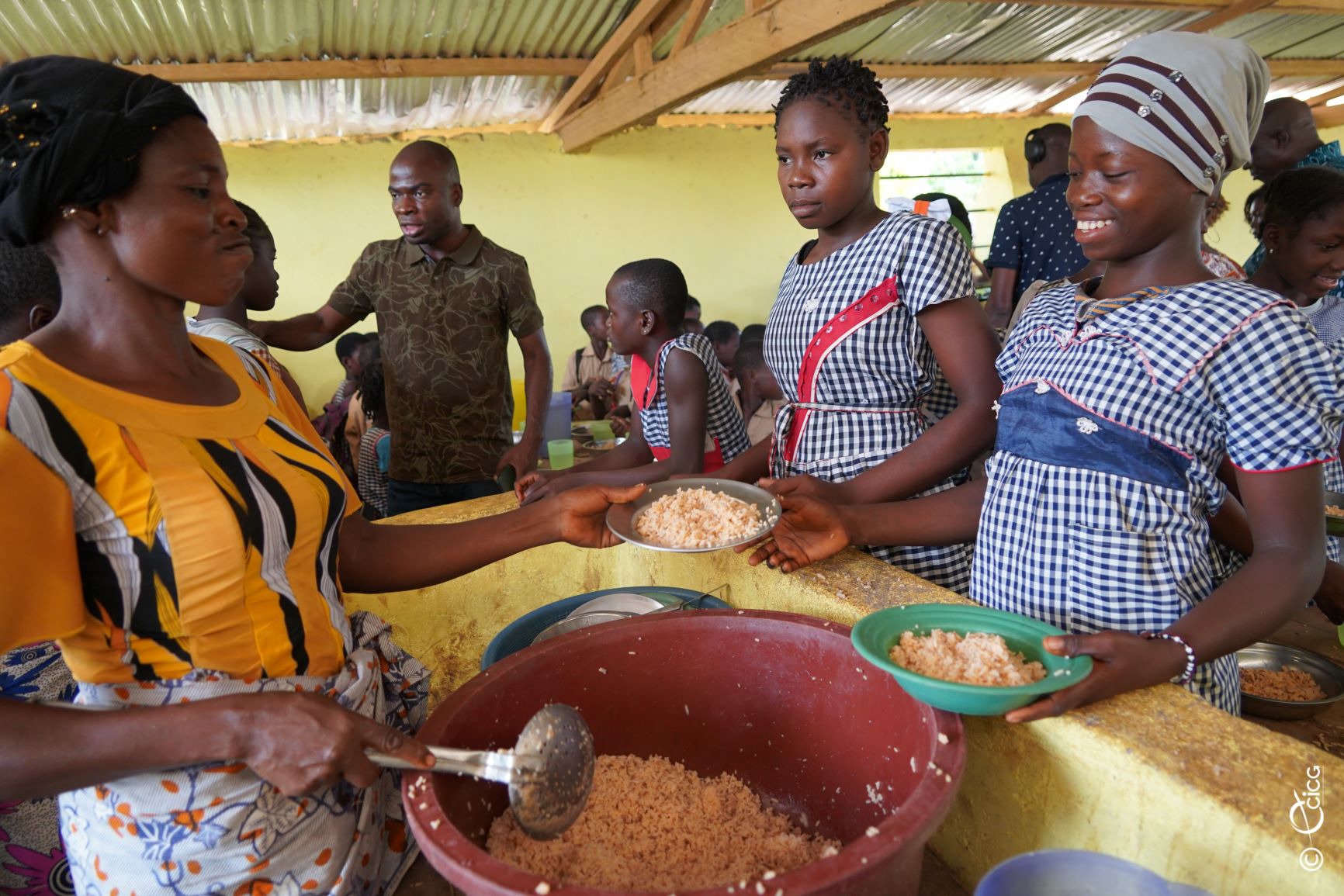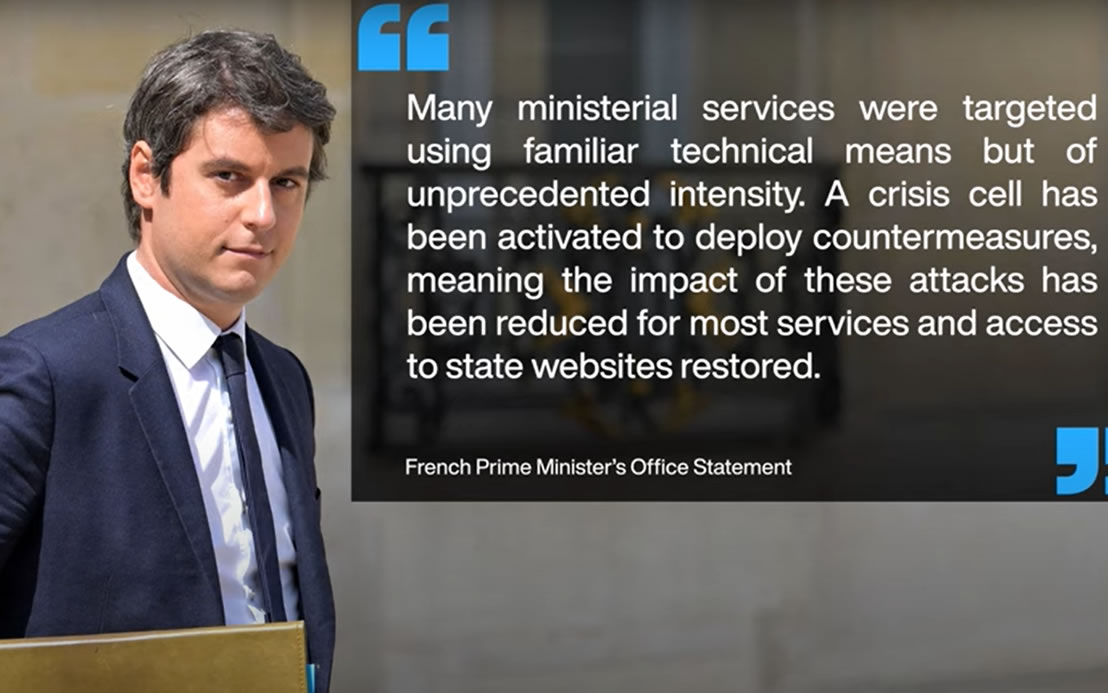Landslide on Madagascar Riverbank Kills 16, Highlights Safety Issues
On the western banks of the Tsiribihina River in Madagascar, a tragic landslide claimed the lives of sixteen individuals, including two young children, when part of a cliff collapsed onto a moored boat. This incident, which unfolded in the Menabe region, sheds light on the dangers faced by riverbank communities in Madagascar. In this article, we’ll explore the specifics of this unfortunate event, its impact on local residents, and the broader safety challenges of living and traveling near steep riverbanks in the region.
The Tragic Tsiribihina River Landslide
Late Tuesday evening, on the banks of the Tsiribihina River in the Menabe region of western Madagascar, a section of cliff unexpectedly gave way, collapsing onto a boat that had been moored there for the night. This tragic landslide on Madagascar’s riverbank led to a horrifying scene as sixteen people, including a little girl and a baby, lost their lives in the disaster.
The boat, carrying twenty-six passengers, had docked at Belo-sur-Tsiribihina, around 320 kilometers from Madagascar's capital, Antananarivo. The passengers, likely weary from their journey, had stopped to rest and eat in a nearby village. But as they gathered to enjoy a moment of respite, the overhanging cliff above gave way. Among those lost in the landslide were several members of the same family, reportedly transporting the remains of two deceased loved ones in coffins.
The Risks of Landslides in Madagascar
Madagascar's varied landscape, with its river valleys, mountainous areas, and coastal cliffs, creates a unique environment but also a risky one. Landslides, such as the landslide on Madagascar’s riverbank along the Tsiribihina River, are unfortunately not rare occurrences, especially during the rainy season when heavy rainfall destabilizes the earth. The Tsiribihina River, a popular route for travelers and locals, is particularly vulnerable to landslides due to the steep cliffs and the sediment-heavy nature of its banks.
While landslides are often difficult to predict, communities living in regions like Menabe face elevated risks. Lack of safety infrastructure and early warning systems exacerbate the dangers, making incidents like this one all too common. Many riverside settlements lack the resources to monitor or reinforce areas prone to collapse, leading to tragic outcomes when natural disasters strike.
Community Impact and Response to the Tragedy
The Menabe region and the small community of Belo-sur-Tsiribihina are in mourning following this tragedy. As residents process the loss, the community and local authorities are questioning the safety conditions that led to this devastating landslide on Madagascar’s riverbank. This incident has ignited a conversation about the infrastructure and preparedness of riverbank communities, particularly those in areas prone to landslides and erosion.
In the wake of the incident, rescue teams and local authorities have been working to provide support to the families of the victims. Funerals and mourning ceremonies are underway, with the broader Malagasy community expressing solidarity with the affected families. Calls for improved safety measures and infrastructure are growing louder, as residents hope to prevent similar tragedies in the future.
Navigating Madagascar’s Rivers: The Appeal and the Risks
The Tsiribihina River is renowned for its scenic beauty and draws tourists and locals alike to its shores. Travelers often cruise along the river to observe Madagascar’s unique flora and fauna and experience the traditional life along its banks. However, as this tragic landslide on Madagascar’s riverbank demonstrates, the allure of the river comes with serious risks. The cliffs that line the river offer stunning views but pose a danger to those who stop along the banks, particularly during the rainy season.
While tourism supports the local economy, incidents like this bring into question the safety protocols in place to protect both locals and visitors. Improved monitoring of high-risk areas, especially along popular rivers like the Tsiribihina, could help reduce the risk of future landslides and protect those who rely on these areas for their livelihood or travel.
Addressing Safety for Madagascar’s Riverbank Communities
The recent landslide on Madagascar’s riverbank has spurred discussions among officials and residents about the importance of investing in better infrastructure and early warning systems. Some suggestions include installing barriers or reinforcements along vulnerable cliffs, implementing regular assessments of high-risk areas, and developing evacuation plans for communities living near riverbanks.
Given Madagascar's limited resources, implementing these changes will likely be challenging. Yet, as this tragedy highlights, the cost of inaction is too high. For many, this incident serves as a somber reminder of the importance of proactive measures and community awareness to prevent future tragedies on Madagascar’s riverbanks and beyond.





















